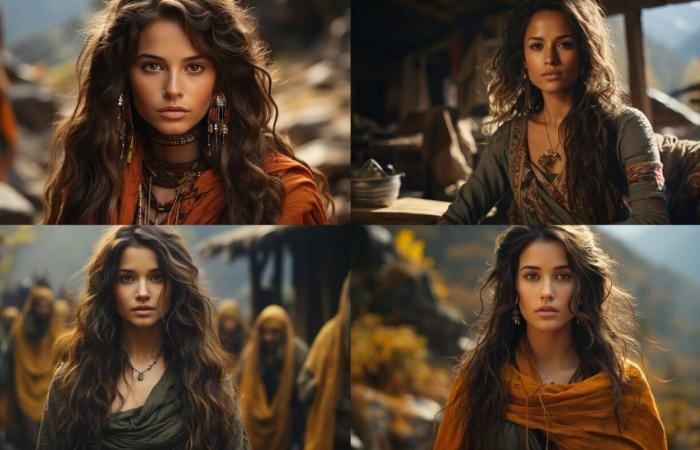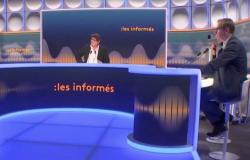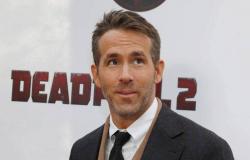In the age of artificial intelligence, a new form of visual art is shaking up the codes of traditional photography: promptographie. In replacing camera with textthe artists explore new possibilities creative by generating images from simples descriptions. Between artistic revolution and questioning the nature of the work, this practice redefines the role of the artist and opens the way to new aesthetic horizons.
The promptography, or « prompt photography » in English, emerges as a new form of visual expression on the border between traditional photography et generative artificial intelligence. This innovative movement questions the foundations of image creation and the role of the photographer in the digital age.
From Trigger to Prompt: A New Approach to Image Creation
Traditionally, photographers capture moments in pressing the shutter button of their device. The promptography replaces this act with the writing a “prompt”a textual description that guides the AI in generating an image.
Valentin Schmite, teacher of digital arts and AI, explains: “The prompt artit is a revolution that is happening today in the field of art and artificial intelligence. We see the emergence […] images generated from text on the Internet. As you read a teleprompter, the prompt is a piece of text which will go through a series of algorithms, a neural network to generate an image. »
This analogy highlights the part of the unexpected and discovery inherent to this new practice, reminiscent of the development process in the darkroom.
Composition and framing: the role of the prompt artist
In promptography, the composition and framing are no longer done through the lens, but through language.

Étienne Mineur, designer and teacher, compares this process to management of a film set : “I often compare teleprompter artists to a film director who must explain very precisely to his cameraman or his cinematographer the type of framing or lighting he is thinking of, or even to his actors what he expects of them . »
This approach requires a fine command of language and a deep understanding of AI algorithms, akin to a form of textual artistic direction.
Post-processing and retouching: between AI and human intervention
As in traditional photography, the work does not doesn’t stop at generation of the image. Boris Eldagsen, a pioneering artist of the movement, describes a iterative and complex process : « Pour The ElectricianI had to go through a twenty steps. Working with AI is very complex. First I design my prompt then the AI. But that’s not enough. A series of questions follows: what is missing from this imagehow to change the result to another prompt, do I need another platform or another generator? »
This process is similar to a form of post-processing and retouchingwhere the artist gradually refines his image, alternating between textual adjustments and AI generation.
Exposure and recognition: controversial territory
The promptography shake up the codes recognition in photography. The Sony World Photography Award affair, where Boris Eldagsen refused a price after submitting an AI-generated work, illustrates these tensions. Eldagsen explains his approach: “I wanted to create a debate on what photography is today. Photography competitions are not prepared for AI images. We are entering a new era. »
This controversy raises questions about the very nature of photography in the age of AI and the criteria for evaluating works.
Aesthetics and style: towards a new photographic vision
Promptography allows the emergence of unique visual stylesmixing photographic realism and surrealist imagination. Pierre Fautrel, from the Obvious collective, underlines in a France Culture program the importance of artistic intention in this process: “Algorithms are tools and nothing else. Then you have the whole artistic part: what do you mean? What visual effect will you give to your work? How does this resonate with your previous work? »
This approach opens the way to a new photographic aesthetic, where the limits of reality and imagination with confuse. Eldagsen adds:
“I see it as a new tool. It induces another role for the artist. Now we can even self-quote with AIcreate from images that serve as references. Today, I oscillate between the generation by the prompt, or by the reference image. »
A image-reference is an existing image used as a starting point or guide for the AI model to create a new image. It serves as visual basis which the AI analyzes to understand the characteristics, style or composition to reproduce or adapt in the generated image.
Using a reference image allows you to obtain more precise and consistent resultsgiving the model a concrete example of the desired visual elements rather than relying solely on a textual description.
Promptography opens up new creative possibilities, but also raises ethical issues et legal. As Étienne Mineur notes: “Most artists use AI rendering as a raw material that they then work on. »
This approach raises questions about the intellectual property and the very nature of artistic creation in the digital age. While it sparks debate, it also offers exciting new perspectives for contemporary art.






